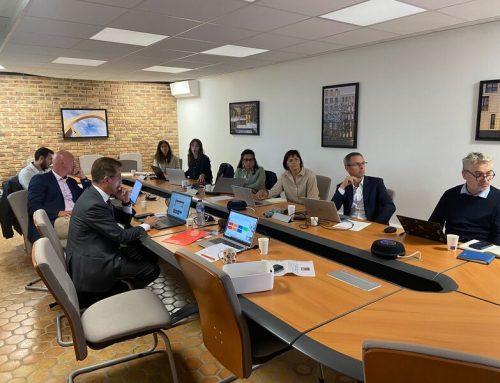20 September 2025
At the SEB-25 International Conference on Sustainability in Energy and Buildings, held in September in Catania (Italy), a contribution titled “Investigating the predictors of air conditioning use in residential buildings by comparing Single- and Multi-Domain GLMM approaches” was presented, offering new insights into energy-related occupant behaviour.
Climate change is driving a growing cooling demand in residential buildings, making it essential to understand the factors influencing air conditioning use. This study explored whether including multi-domain variables—covering physical, behavioural, and contextual factors—improves the predictive accuracy of occupant behaviour models when compared to single-domain approaches, through the use of Generalised Linear Mixed Models (GLMMs).
Based on a monitoring campaign conducted in three residential apartments, the multi-domain model showed superior performance in predicting air conditioning usage. The analysis highlighted that daily variability and apartment-specific characteristics have a significant impact on AC status. Moreover, occupancy, outdoor humidity, and CO₂ levels increase the likelihood of activation, whereas large indoor–outdoor temperature differences, high indoor humidity, and window opening reduce it.
SEB-25, organised by KES International, gathered researchers and professionals to discuss the future of energy in buildings, neighbourhoods and cities, covering topics such as sustainable design, smart energy systems, modelling techniques, and renewable energy solutions.




Leave A Comment